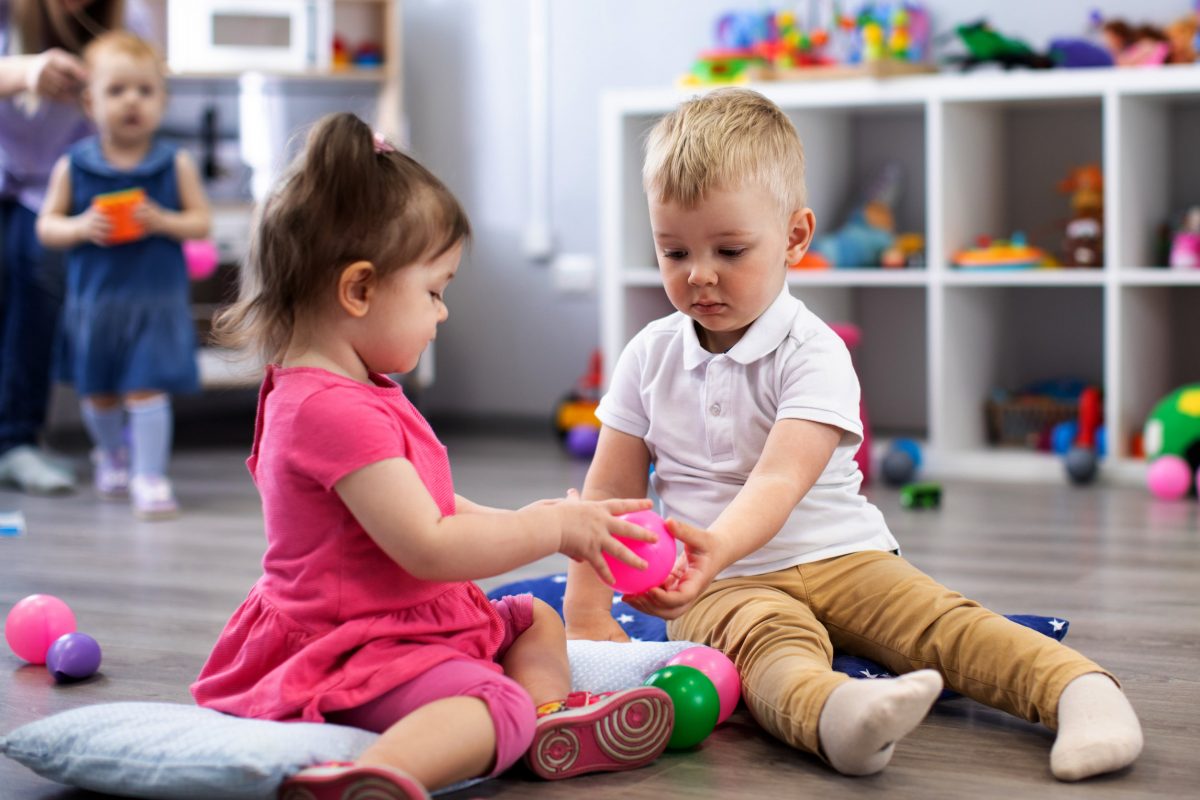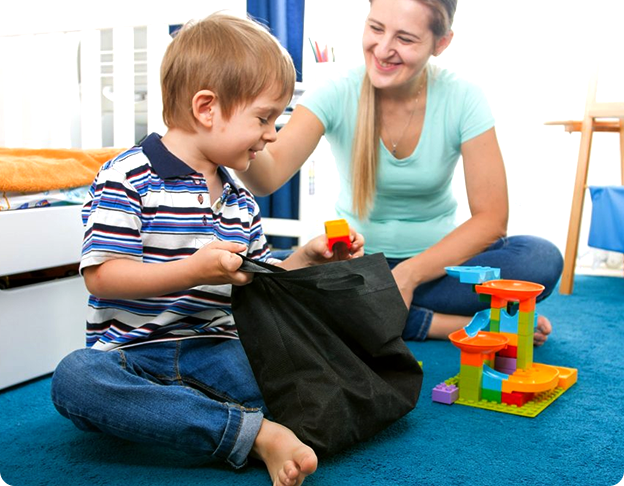Does your child have a hard time learning in a traditional classroom setting? What about following structured lesson plans? If so, they’re not alone.
Children on the Autism spectrum may find conventional forms of learning techniques a challenge. Many are unable to see the “bigger picture” associated with lessons. They get lost in the finer details, which prevents them from grasping skills and generalizing them to other areas of their life.
Fortunately, there are alternatives to old-school teaching methods that make learning enjoyable and effective!
What is Natural Environment Teaching?
Natural Environment Teaching, also known as NET, is a therapy technique that focuses less on structured lesson plans and more on the child’s unique needs. It takes advantage of all the same principles of Applied Behavior Analysis. However, those all-important lessons are taught in an environment that’s more natural and comfortable.
Think of it as learning in the real world!
Children will participate in activities they would typically enjoy. That could be finger-painting, playing with bricks, blocks, and more. Whatever the case may be, small lessons pop up organically. Of course, therapists can contrive situations to evoke a response and target core skills. But in the eyes of your child, they’re just having fun!
NET differs from other instruction methods in its flexibility. More formulaic techniques, such as Discrete Trial Teaching, are far more clinical. While still effective, children typically don’t want to spend hours at a table repeating the same activities over and over again.
With NET, we prioritize the child’s values and interests. Not only does this make skills easier to reinforce, but it helps with engagement and future generalization.
What are the Benefits of Natural Environment Teaching?
This form of therapy operates on the idea that real-world scenarios are the best way to learn. It addresses some of the biggest complaints of traditional ABA therapy while bringing new benefits into the mix. Here are some of the biggest benefits.
Inherent Motivation
One of the best parts of Natural Environment Teaching is that it’s fun for kids! Individuals with developmental disorders can be challenging to motivate. NET eliminates that worry because it centers around activities your young one already loves to do! It’s intrinsically motivating and largely child led.
On top of that, it may reduce instances of frustration-based aggression. According to the Simons Simplex Collection research project findings, about 56 percent of children with autism displayed aggressive behavior towards caregivers. Meanwhile, 32 percent were aggressive with non-caregivers.
Keeping kids engaged in the things they enjoy may help to reduce instances of aggression. As a result, individuals can stay in a better mindset to retain skills and continue learning.
Lessons are Easier to Apply
Because children learn in natural environments, they often find it easier to generalize those lessons outside of the classroom. What they obtain with NET are directly applied skills. Your child sees how those core concepts work in real life, making the transition much more manageable.
Better Instructional Control
Socialization issues can make establishing rapport complex in clinical settings. However, NET often helps children get over that hurdle.
Therapists can identify things that already serve as reinforcers in your child’s life. For example, it could be a game or toy they love. Providing or restricting access will effectively pair the therapist with the thing they enjoy.
As a result, many children find themselves wanting to be around the therapist more. It’s a great way to establish instructional control and build a sense of trust between therapist and learner.
Natural Environment Teaching in Action
There’s truly no end to what your child can learn with Natural Environment Teaching. Therapists can use it in many different settings to teach a wide range of skills. Again, NET is all about using an activity your child loves and incorporating targeted skills.
Say that your child loves to draw or color. Sitting at a table with a collection of materials, your child’s therapist can teach them to:
- Identify attributes: Therapists can ask learners to describe drawings or hand them specific-colored crayons.
- Follow instructions: This lesson comes with drawing requests or cleanup duties.
- Communicate wants and needs: Therapists can restrict access to supplies so that children learn to request the items they want to use.
- Take turns: Individuals can learn to be patient when sharing a limited supply of crayons.
- Improve motor skills: Kids can gain motor skills by opening paint bottles, holding markers, or opening paper packages.
- Imitate actions: Therapists can create games that involve kids copying drawings or figures.
- Socialize and greet others: A “show and tell” event can teach children how to articulate ideas and interact with others.
Those are just some of the ways that therapists can use Natural Environment Teaching. Many of the same principles apply to playing with building blocks, blowing bubbles, and anything else your child loves to do!
Implementing Natural Environment Learning at Home
The key to success with NET is at-home learning. Remember: To your child, NET isn’t learning at all! It’s simply a way to have fun and interact with the world.
As a caregiver, continuing these lessons outside of their regular sessions can promote generalization and this will allow you to teach in multiple settings.
The best way to do that is to understand what lessons your kid is mastering. Be proactive in building goals and stay up to date on the skills they’re learning. From there, you can implement Natural Environment Training everywhere you go!
At the grocery store, have your child find items on your grocery list to generalize following instructions. Then, have them ask for their favorite product to cement the concepts of communication. You could even have them practice socialization skills by greeting cashiers and workers!
In the car, you could play a game to identify items and attributes. Something as simple as naming the color of the traffic light does a lot to generalize skills.
Everywhere you go, there’s an opportunity for continued learning. Use them to your advantage and extend your child’s developmental growth every chance you get!
Over to You
Natural Environment Teaching can be a game-changer for children with developmental disorders and autism. Making the learning process more enjoyable for your young one ensures continued success. It makes lessons more impactful, which could lead to positive changes moving forward.
Ready to start implementing NET into your child’s daily life? Check out our beginner’s kit. It’ll help you start running trials and collecting data to support your NET efforts.





